
Culture
18:15, 23-Oct-2018
Artist puts modern twist on China’s intangible heritage
Updated
17:45, 26-Oct-2018
CGTN
03:13
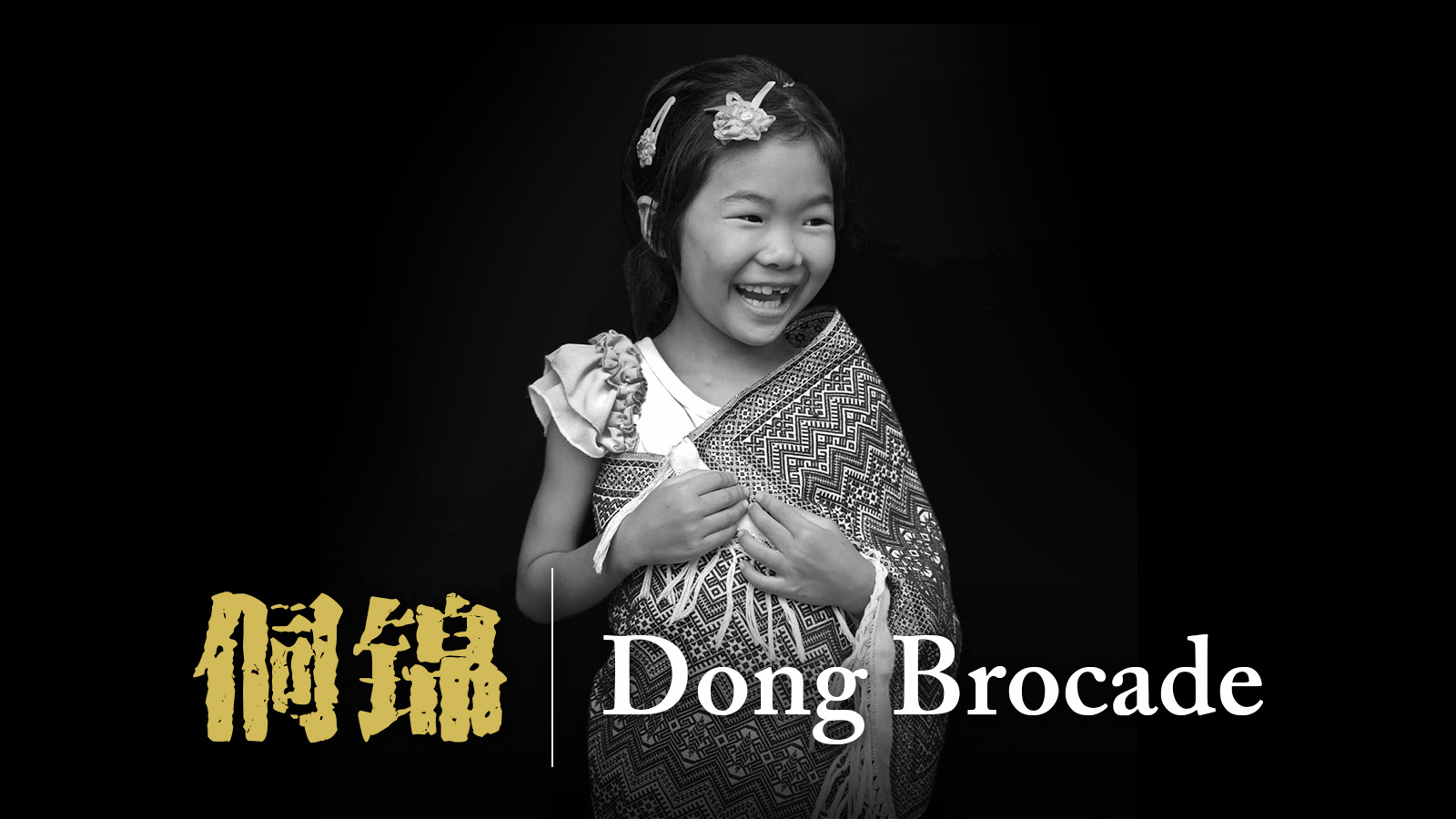
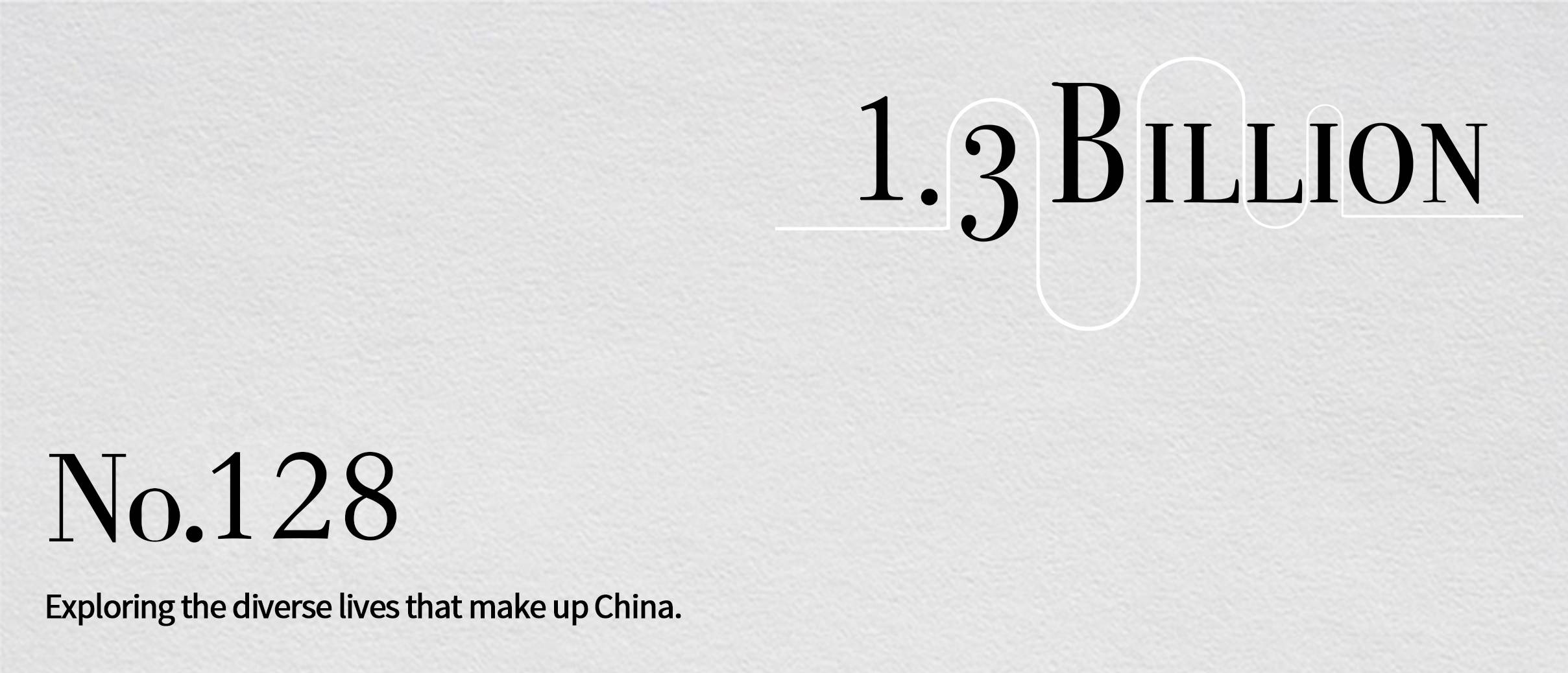
CGTN
CGTN
Yang Miao was born in a village of Dong brocade weavers. Her childhood clothes were all made by her mother, and the patterns came from the daily life of members of the Dong ethnic minority.
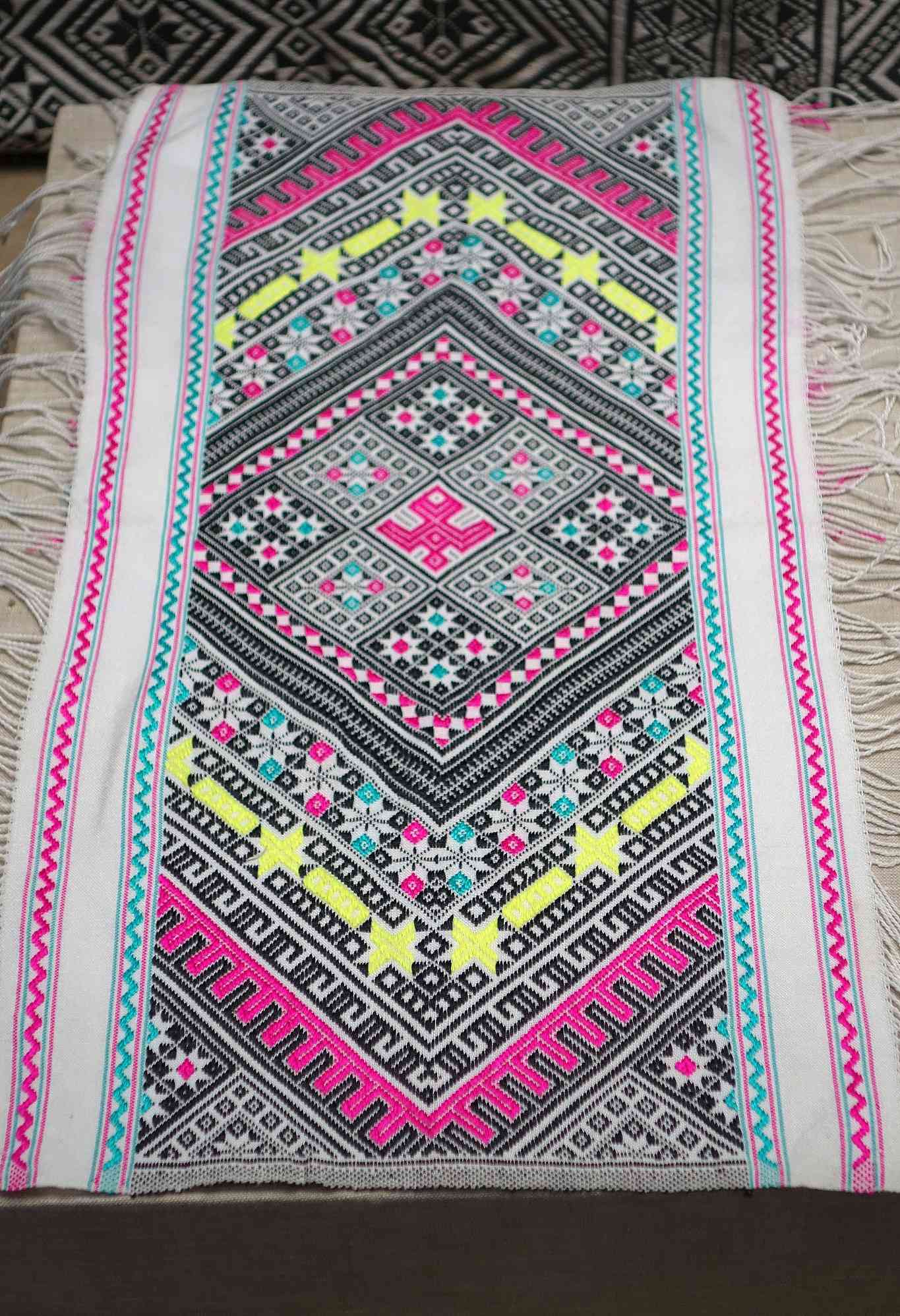
An example of Dong brocade. /VCG photo
An example of Dong brocade. /VCG photo
"These are little figures hand-in-hand in a sacrificial ceremony. These two snuggling birds are the harbingers of spring," Yang says. But these symbols of the Dong culture were not as precious to her during childhood – her appreciation to her culture came years later.
Yang left the remote Tongdao County in southwest China's Hunan Province to learn design in Changsha City, the provincial capital.
One time, she went back to her hometown with her classmates and professor to study the region's intangible cultural heritage. For the first time, she found innovation in the local ethnic culture and felt the energy in the hand-woven Dong brocade.
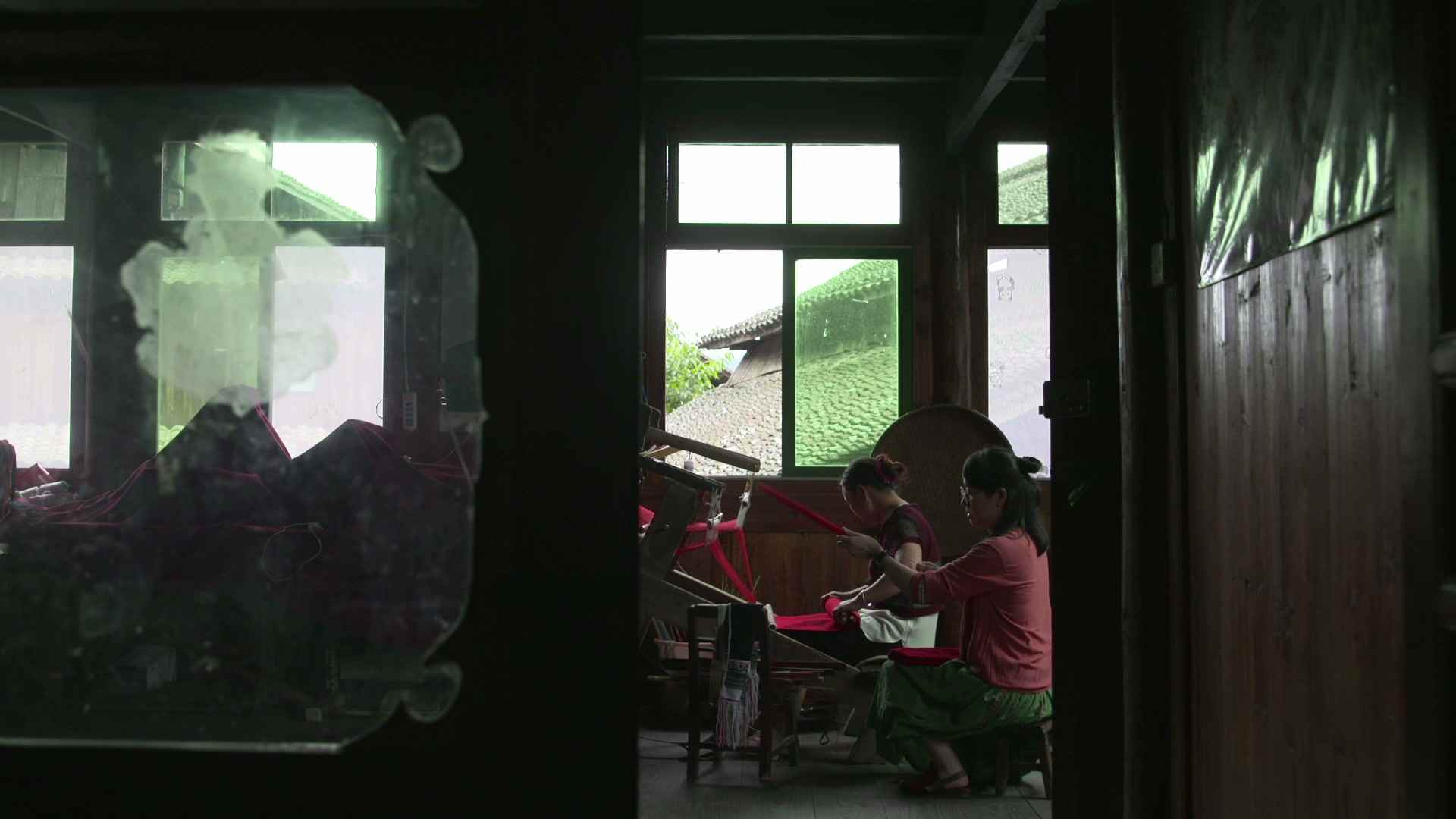
Yang Miao weaves a piece of Dong brocade. /CGTN Photo
Yang Miao weaves a piece of Dong brocade. /CGTN Photo
Artisans traditionally weaved more than they could sell. A shoulder cape that requires 40 days to finish would cost less than 100 yuan (14 US dollars). The younger generation had no incentive to inherit the skill.
"A lot of them became migrant workers to support their family. I wondered, however, do we really have to leave our hometown for better pay when we already have such a great craftsmanship?"
So, Yang set out to preserve her heritage by modernizing the embroidery art.
"We can create our own handicrafts featuring both the elements of the Dong culture and those of fashion. We combine the two and weave them using the traditional Dong techniques."
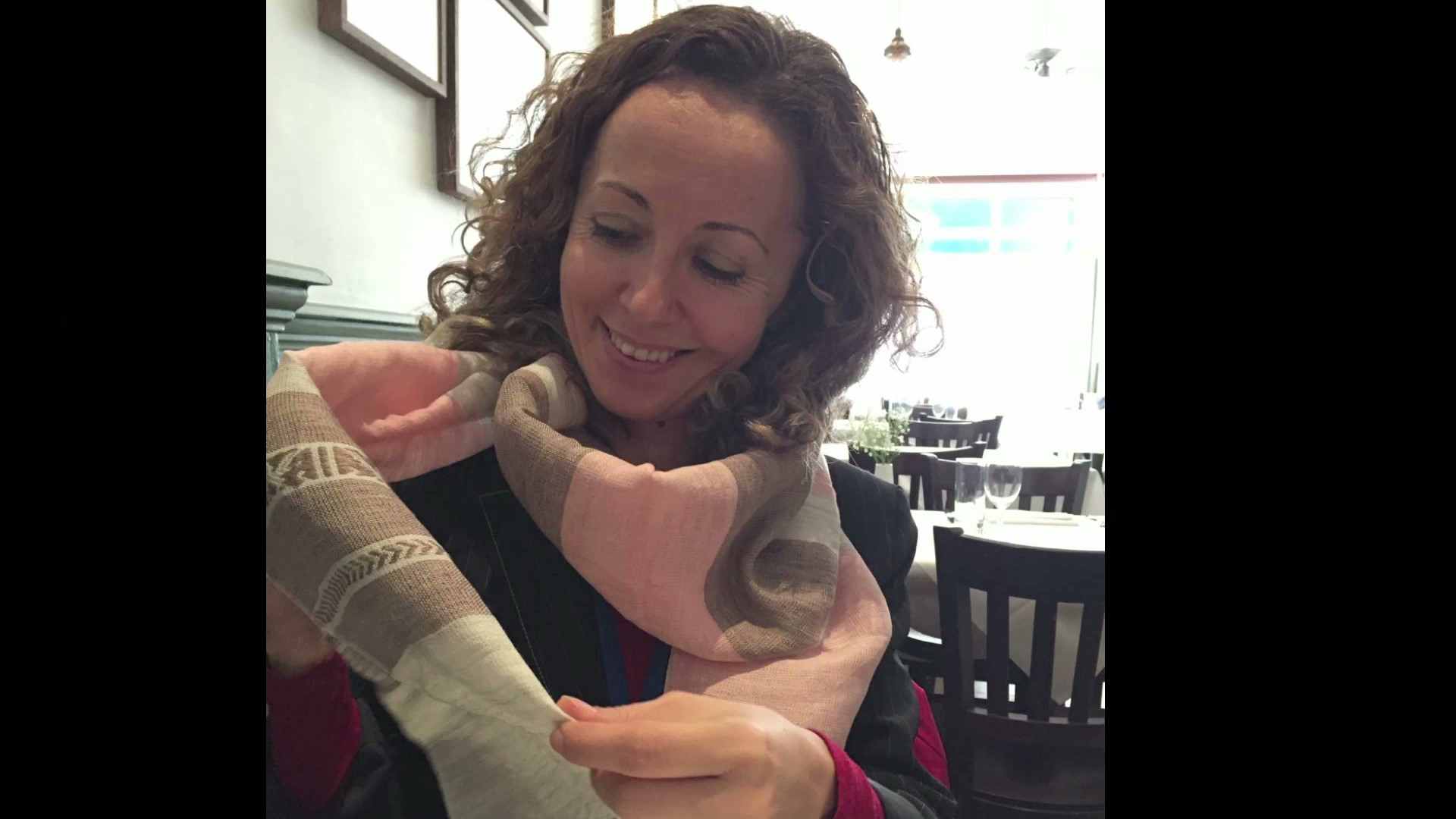
A girl inspects a scarf weaved using traditional Dong techniques. /CGTN Photo
A girl inspects a scarf weaved using traditional Dong techniques. /CGTN Photo
Famous designers were invited to help design new patterns. The combination of the elements, however, didn't work well at the beginning. As the designers were not familiar with how the brocade was made, the patterns could not be achieved using traditional techniques. Yang's crew and the designers had to learn the essence of the Dong brocade from local weavers.
Yang has fully dedicated herself to the development and preservation of the Dong brocade since 2011. She established her own brand and introduced new materials and colors, fusing ethnic and modern aesthetics.
The linen products she created with the team even won a golden medal at the first Hunan Cultural Creative Design Competition.
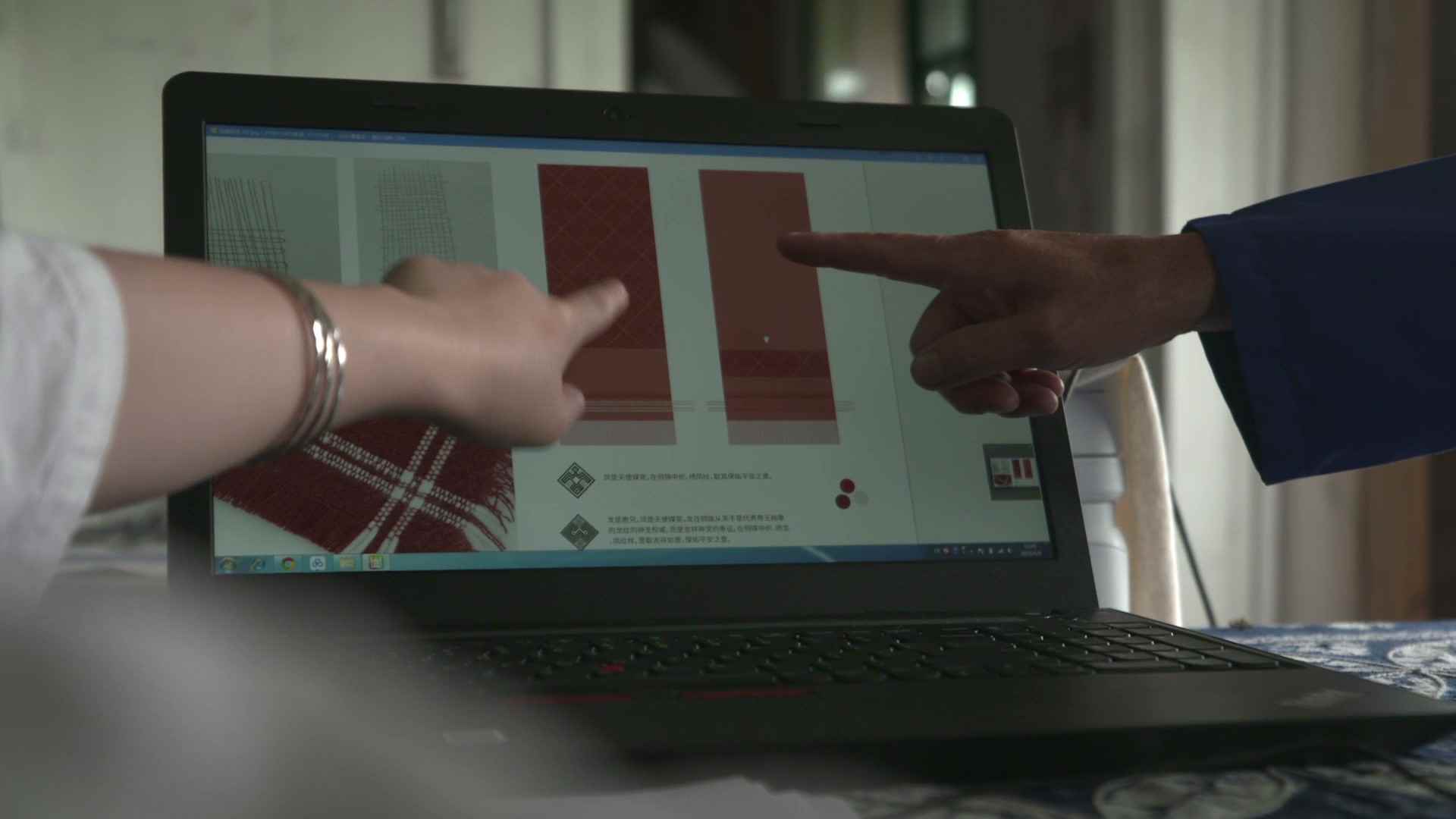
CGTN Photo
CGTN Photo
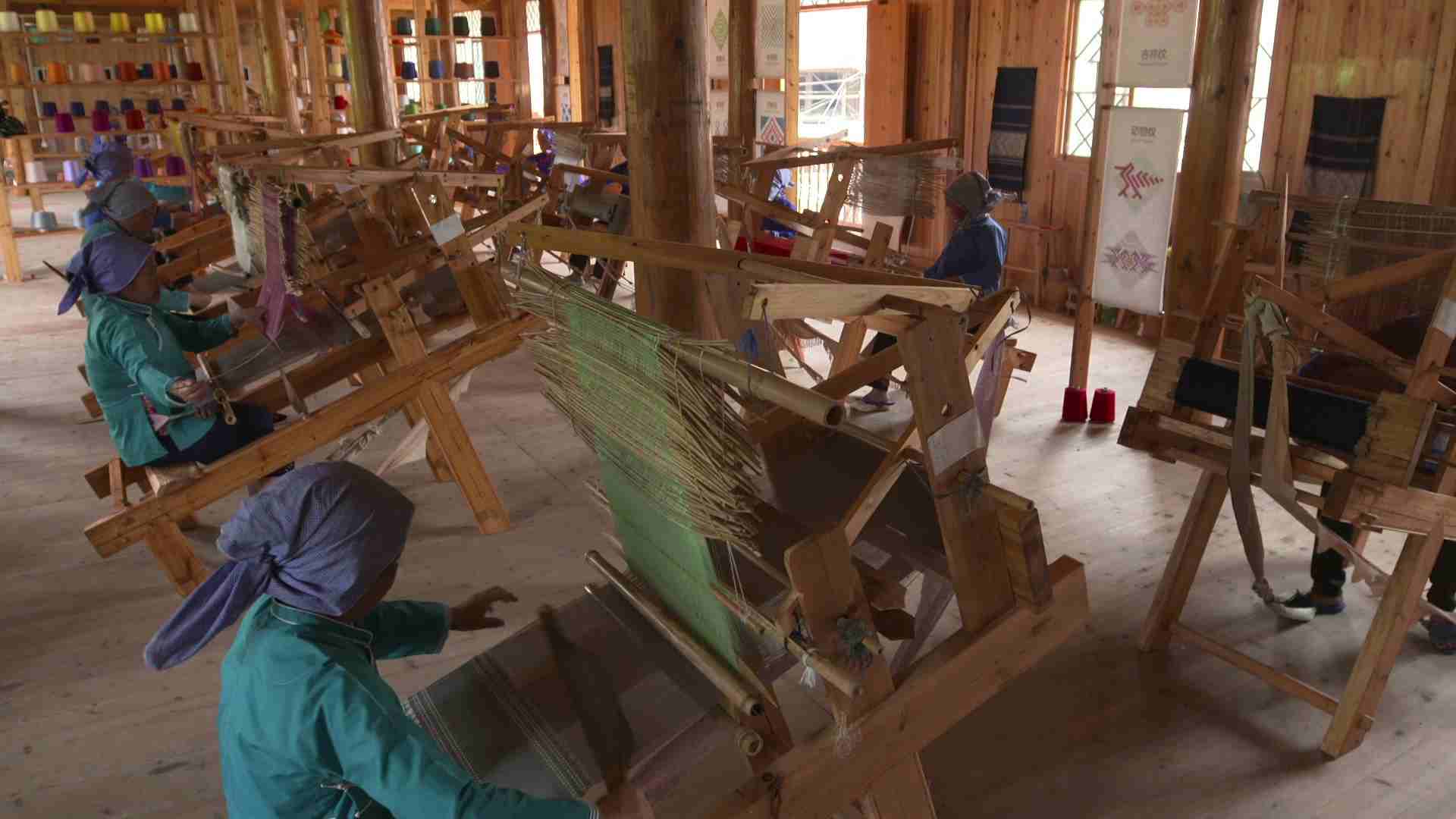
CGTN Photo
CGTN Photo
Two of her collections claimed the top prize.
The "Wood" series showcased a color palette inspired by the stilt houses of the Dong people. The change of color imitated the mosaic of the old and new planks. The red was inspired by a pair of little red boots hanged outside of a stilt house. Meanwhile, the "Blue" collection found its roots in the Dong people's traditional costumes and headscarves.
The success of Yang's products brought more income to the local weavers, and attracted more young talents to work on the Dong brocade back in their hometown.
"They may choose not to go to factories to work long hours on the assembly line. They can stay home and teach their skills. In this way they could make a living and take care of their family," Yang said.
"The weavers are happy, too. They've been desperate to be recognized with a sense of belonging."
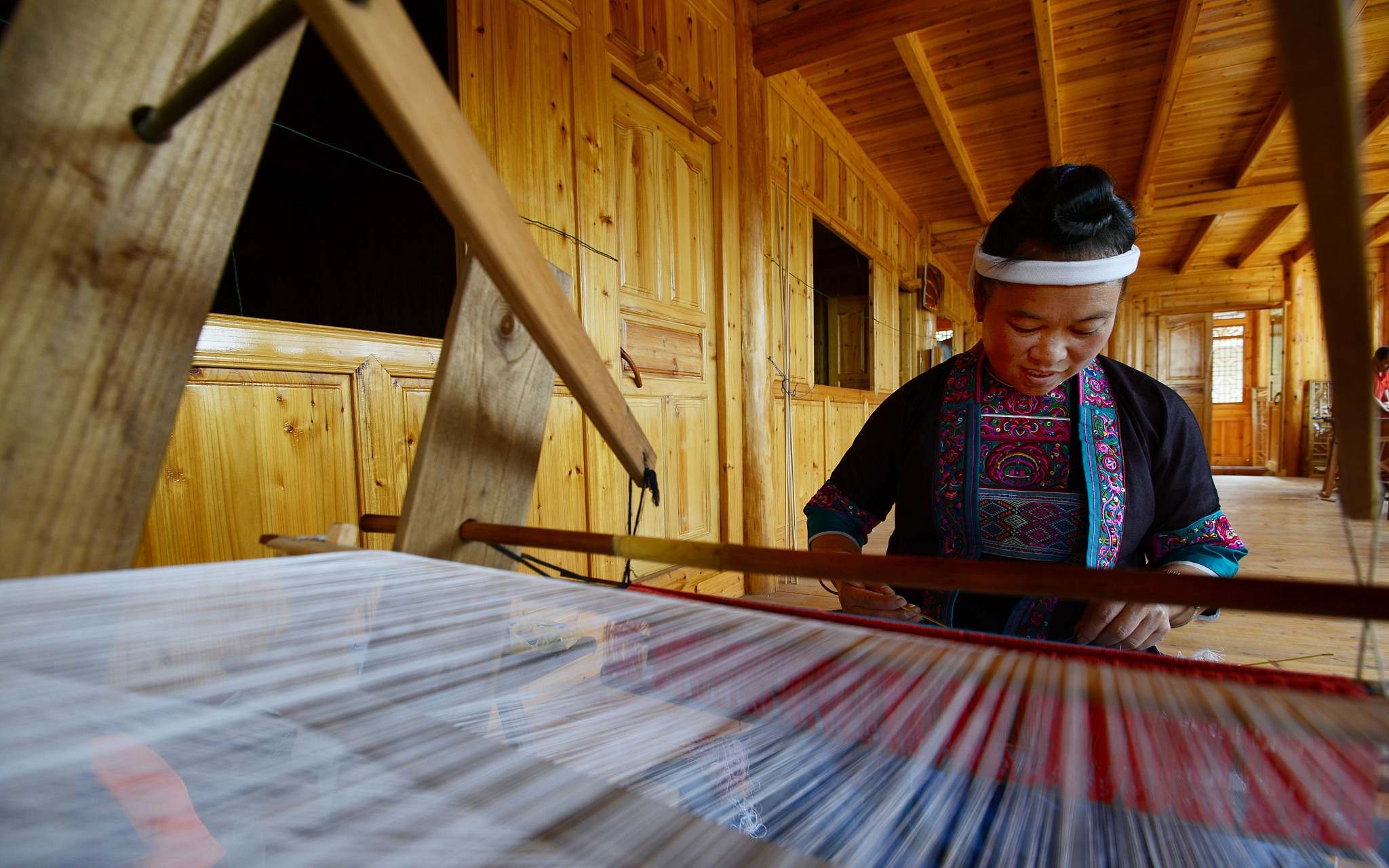
An artisan shows her weaving skills. /VCG photo
An artisan shows her weaving skills. /VCG photo
"The Dong brocade has become part of my life. And I hope it could affect more people's lives too."
For this reason, Yang and her team decided to donate their reward of 300,000 yuan (more than 43,000 US dollars) to build a Dong Brocade Culture Museum in Tongdao County.
"Our brocade has been exhibited in Milan, Paris, London and New York," she said.
The once little-known Dong culture in far-flung rural areas is now spread across the world.
Director:Qi Mantong
Editor:Qi Mantong, Gao Xingzi
Filmed by: Ning Nan
Designer:Li Xiaojie
Article Written by: Zhu Siqi
Copy Editor: Nadim Diab
Producer:Wen Yaru
Chief Editor: Liu Hui
Supervisor:Pang Xinhua
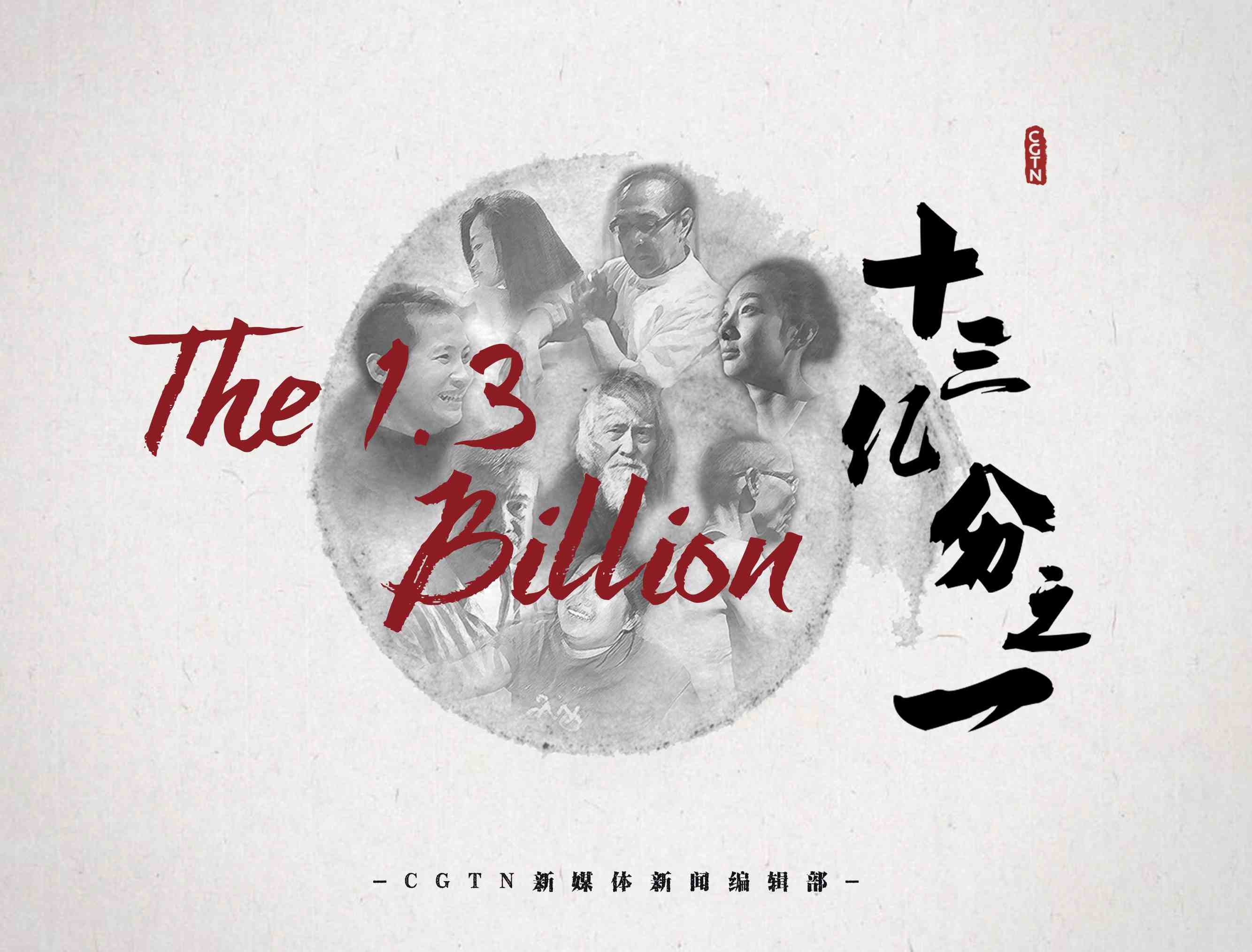
The story is one in The 1.3 Billion series exploring the diverse lives that make up China.
The story is one in The 1.3 Billion series exploring the diverse lives that make up China.

SITEMAP
Copyright © 2018 CGTN. Beijing ICP prepared NO.16065310-3
Copyright © 2018 CGTN. Beijing ICP prepared NO.16065310-3